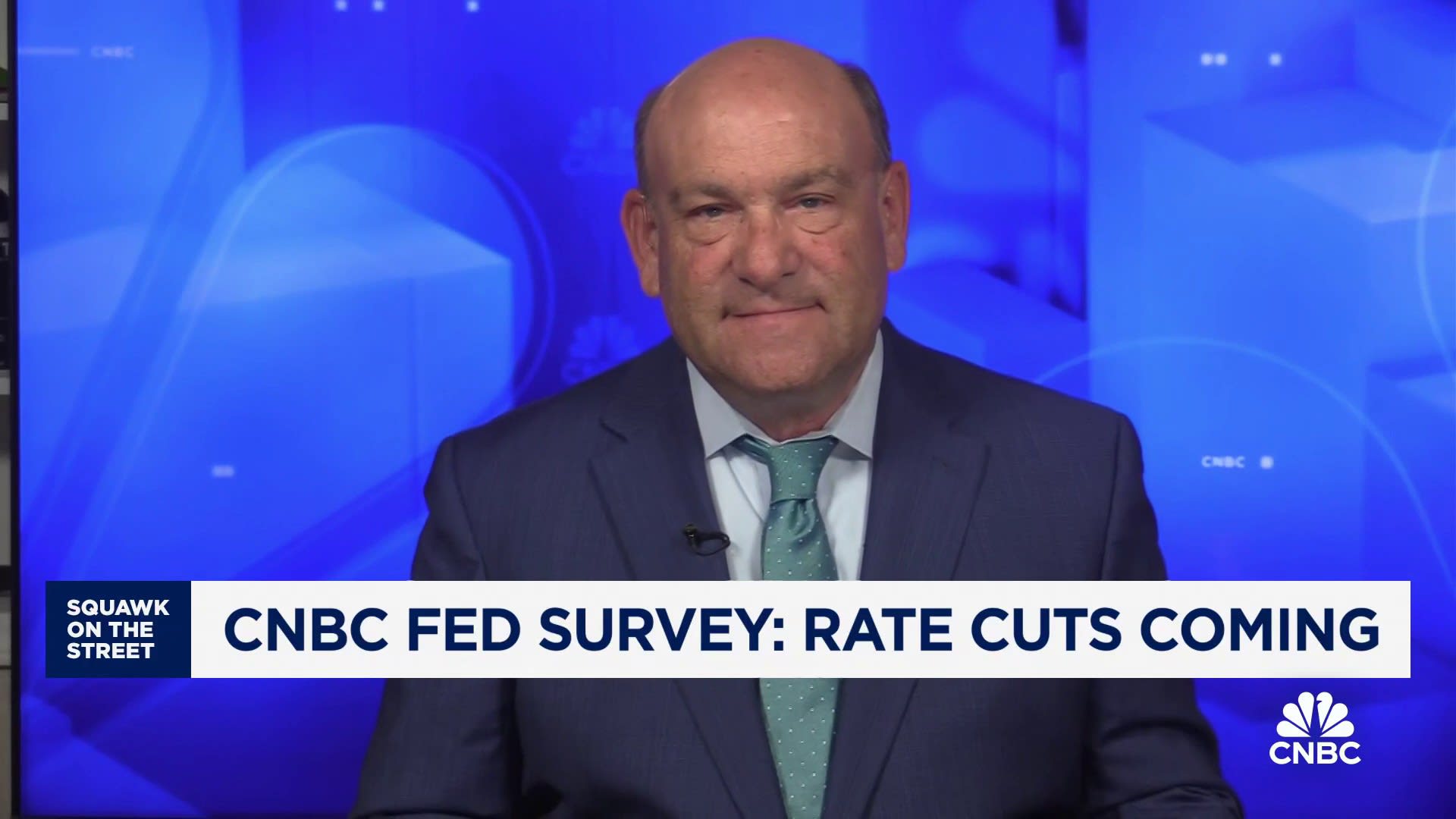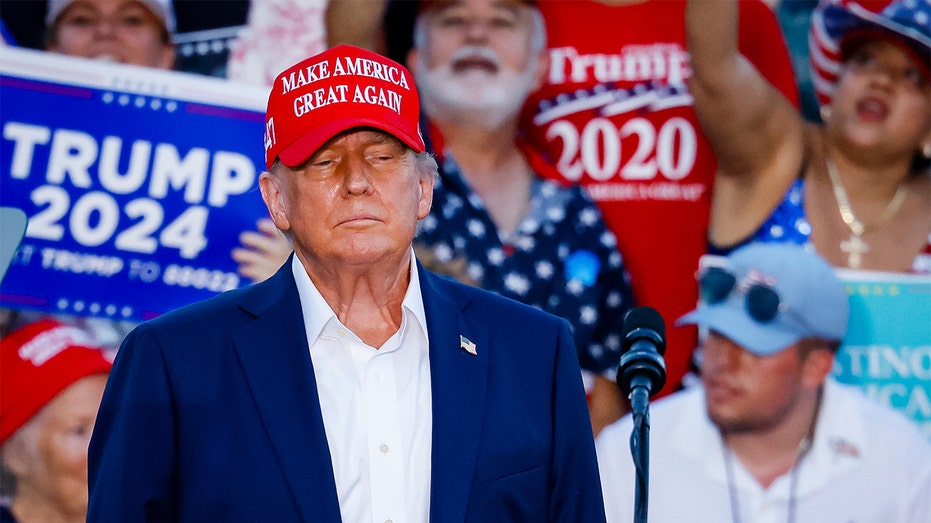
The Federal Reserve announced Wednesday that it will leave interest rates unchanged.
However, recent signs of economic growth and cooling inflation are paving the way for a widely anticipated September rate cut, which is welcome news for Americans struggling to keep up with sky-high interest charges.
“Consumers should feel pretty good about the U.S. economy,” said Brett House, economics professor at Columbia Business School. “We are continuing to see inflation coming down, growth is moderating and price pressures are continuing to abate.”
Inflation has been a persistent problem since the Covid-19 pandemic when price increases soared to their highest levels in more than 40 years. The Fed responded with a series of interest rate hikes that took its benchmark rate to the highest level in decades.
The spike in interest rates caused most consumer borrowing costs to skyrocket, putting many households under pressure.
More from Personal Finance:
Housing affordability is ‘moving in the right direction‘
‘Recession pop’ is in: How music hits on economic trends
More Americans are struggling even as inflation cools
Now, as the central bank sets the stage to lower interest rates for the first time in years when it meets again in September, consumers may see their borrowing costs start come down as well — some are already.
The federal funds rate, which the U.S. central bank sets, is the rate at which banks borrow and lend to one another overnight. Although that’s not the rate consumers pay, the Fed’s moves still affect the borrowing and savings rates they see every day.
“The first cut will not make a meaningful difference to people’s pocketbooks but it will be the beginning of a series of rate cuts at the end the of this year and into next year that will,” House said.
That could bring the the Fed’s benchmark fed funds rate from the current range of 5.25% to 5.50% to below 4% by the end of next year, according to some experts.
From credit cards and mortgage rates to auto loans and student debt, here’s a look at where those monthly interest expenses stand as we move closer to that initial interest rate cut.
Credit cards
Since most credit cards have a variable rate, there’s a direct connection to the Fed’s benchmark. In the wake of the rate hike cycle, the average credit card rate rose from 16.34% in March 2022 to more than 20% today — nearing an all-time high.
At the same time, with households struggling to keep up with the high cost of living, credit card balances are also higher and more cardholders are carrying debt from month to month or falling behind on payments.
A recent report from the Philadelphia Federal Reserve showed credit card delinquencies at an all-time high, according to data going back to 2012. Revolving debt balances also reached a new high even as banks reported tightening credit standards and declining new card originations.
For those paying 20% interest — or more — on a revolving balance, annual percentage rates will start to come down when the Fed cuts rates. But even then they will only ease off extremely high levels, offering little in the way of relief, according to Greg McBride, chief financial analyst at Bankrate.com.
“Rates are not going to fall fast enough to bail you out of a bad situation,” McBride said.
The best move for those with credit card debt is to take matters into their own hands, advised Matt Schulz, chief credit analyst at LendingTree.
“They can do that by getting a 0% balance transfer credit card or a low-interest personal loan or by calling their card issuer and requesting a lower interest rate on a card,” he said. “That works more often that you might think.”
Mortgage rates
While 15- and 30-year mortgage rates are fixed and mostly tied to Treasury yields and the economy, they are partly influenced by the Fed’s policy. Home loan rates have already started to fall, largely due to the prospect of a Fed-induced economic slowdown.
The average rate for a 30-year, fixed-rate mortgage is now just below 7%, according to Bankrate.
“If we continue to get good news on things like inflation, [mortgage rates] could continue trending downward,” said Jacob Channel, senior economist at LendingTree. “We shouldn’t expect any gargantuan drops in the immediate future, but we might see rates trending back to their 2024 lows over the coming weeks and months,” he said.
“If all goes really well, we could even end the year with the average rate on a 30-year, fixed mortgage closer to 6% than 6.5% or 7%.”
At first glance, that might not seem significant, Channel added, but “in mortgage land,” a nearly 50 basis-point drop “is nothing to scoff at.”
Auto loans
Auto loans are fixed. However, payments have been getting bigger because the interest rates on new loans are higher, along with rising car prices, resulting in less affordable monthly payments.
The average rate on a five-year new car loan is now just shy of 8%, according to Bankrate.
However, here, “the financing is one variable, and it’s frankly one of the smaller variables,” McBride said. For example, a quarter percentage point reduction in rates on a $35,000, five-year loan is $4 a month, he calculated.
Consumers would benefit more from improving their credit scores, which could pave the way to even better loan terms, McBride said.
Student loans
Federal student loan rates are also fixed, so most borrowers aren’t immediately affected by the Fed’s moves. But undergraduate students who took out direct federal student loans for the 2023-24 academic year are paying 5.50%, up from 4.99% in 2022-23 — and the interest rate on federal direct undergraduate loans for the 2024-2025 academic year is 6.53%, the highest rate in at least a decade.
Private student loans tend to have a variable rate tied to the prime, Treasury bill or another rate index, which means those borrowers are already paying more in interest. How much more, however, varies with the benchmark.
Savings rates
While the central bank has no direct influence on deposit rates, the yields tend to be correlated to changes in the target federal funds rate.
As a result, top-yielding online savings account rates have made significant moves and are now paying as much as 5.5% — well above the rate of inflation, which is a rare win for anyone building up a cash cushion, according to Bankrate’s McBride.
But those rates will fall once the Fed lowers its benchmark, he added. “If you’ve been considering a certificate of deposit, now is the time to lock it in,” McBride said. “Those yields will not get better, so there is no advantage to waiting.”
Currently, a top-yielding one-year CD pays more than 5.3%, as good as a high-yield savings account.

